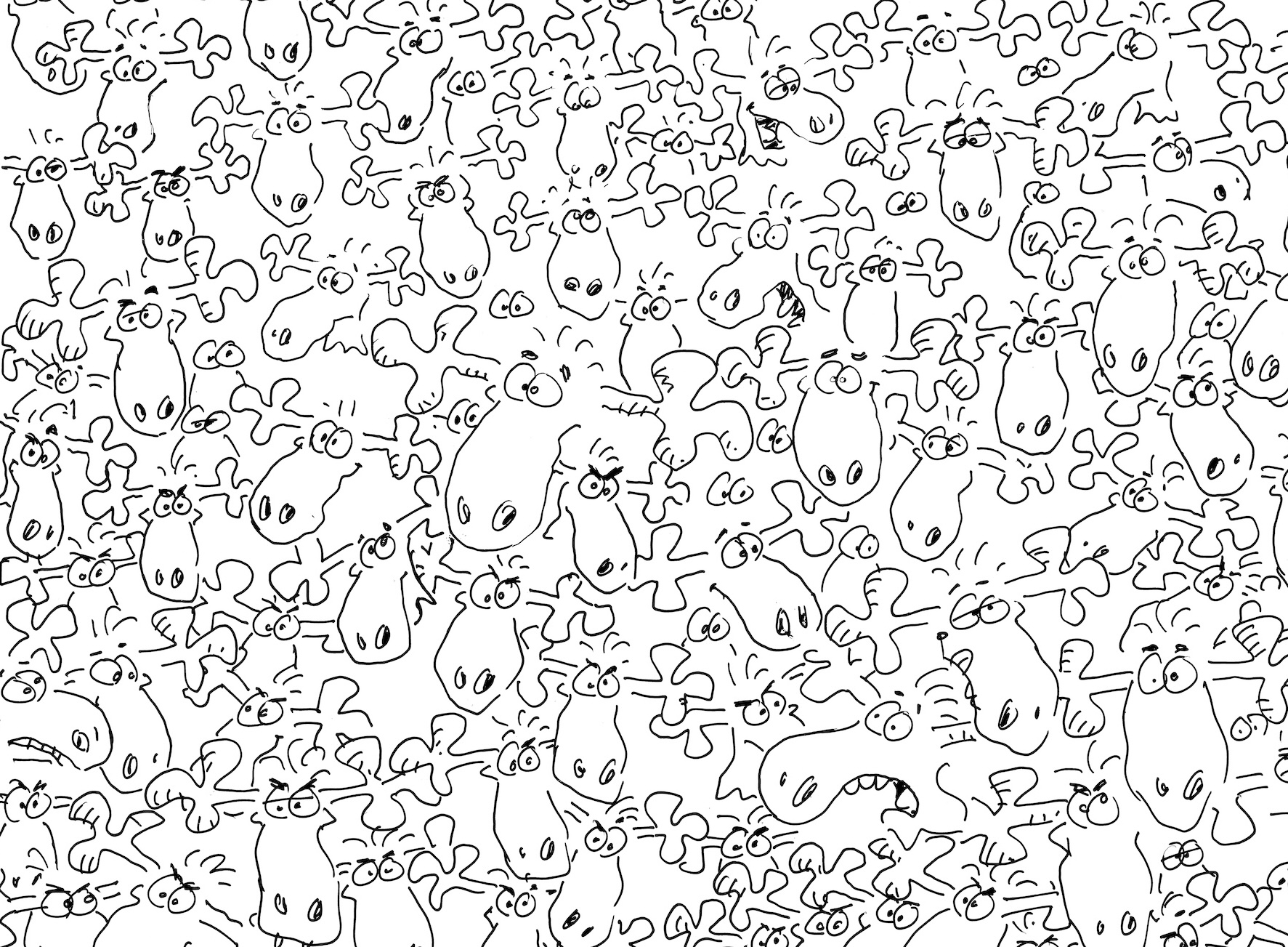
In recent years, a fascinating trend has emerged within the horror genre that has captivated the imaginations of Generation Z: analog horror. Cribbing the aesthetics of VHS tapes, public access television, and other analog media, this subgenre is the opposite of retrowave.
Because instead of eliciting nostalgia for simpler times, analog horror taps into the fears of a generation raised on technology.
 Image: Dead XP
Image: Dead XPAs a style of storytelling, analog horror mimics the look and feel of media from the late 20th century. It often incorporates distorted video, glitchy audio, and unsettling imagery reminiscent of old television broadcasts or amateur recordings. This genre thrives on creating unease through the juxtaposition of the banal and the disturbing.
Popular examples include web series like Doctor Nowhere and Local 58, which use found footage, faux news reports, and eerie public service announcements to generate dread. These projects often play with the viewer’s expectations, trading on old media’s air of integrity to blur the line between reality and fiction.
At firt it seems odd that analog horror would appeal to Generation Z. But on further consideration, it makes sense. While Gen Z did not grow up in the era of VHS tapes and analog TV sets, retro pop culture aimed at Gen Y has had the unintended consequence of familiarizing Zoomers with old media. So analog horror taps into a collective memory of the “good old days,” but nostalgia fodder for Ys is nightmare fuel for Gen Z. The crackle of a VHS tape that people raised on Blockbuster Video find comforting instead becomes the backdrop for unsettling, otherworldly events.
This blend of the familiar and the frightening is particularly effective on a generation that is constantly navigating the boundary between the real and the virtual. The analog aesthetic, with its imperfections and limitations, contrasts sharply with the high-definition world Gen Z inhabits. To them, the grainy, distorted visuals and fuzzy audio of old media subconsciously register as deformations of reality itself.
Analog horror is also a reflection of Gen Z’s broader fascination with the uncanny—experiences that are at once familiar and strange. Zoomers have grown up in a world where technology is ubiquitous, but they are also quite aware of its potential dangers. Analog horror leverages these anxieties, using outdated tech to symbolize the unknown and the uncontrollable.
For everyone else, analog horror offers a refreshing change from the shopworn tropes endlessly recycled in movies, games, and the internet. It relies more on atmosphere and suggestion rather than jump scares and gore. The horror is often subtle, creeping up on viewers rather than confronting them head-on. This slow burn approach is true to the horror of the era it emulates, leaving much to the imagination.
Another reason analog horror is popular with Gen Z is its innovative approach to storytelling. Many analog horror projects are created by independent artists and shared on platforms like YouTube, where they can reach a global audience. This democratization of horror invites a wide array of perspectives, making the genre more versatile and dynamic. The net effect is similar to what newpub did for genre fiction.
Moreover, the interactive nature of these projects—encouraging viewers to piece together clues, theories, and hidden messages—appeals to Gen Z’s love of audience participation. These stories often unfold across multiple videos, websites, and social media platforms, hooking viewers and keeping them interested.
Analog horror is noteworthy for exploiting deep-seated fears with novelty and innovation. By combining the staid with the uncanny and adopting a lo-fi aesthetic in sharp contrast with modern technology, analog horror manages to be uniquely disturbing.
For a generation that has grown up amid rapid technological change, analog horror serves the chilling warning that there is no escape in the past.
The deep lore of Tolkien meets the brutal struggle of Glen Cook in the dark fantasy prelude to the acclaimed Soul Cycle.
Originally published here.




















 English (US) ·
English (US) ·